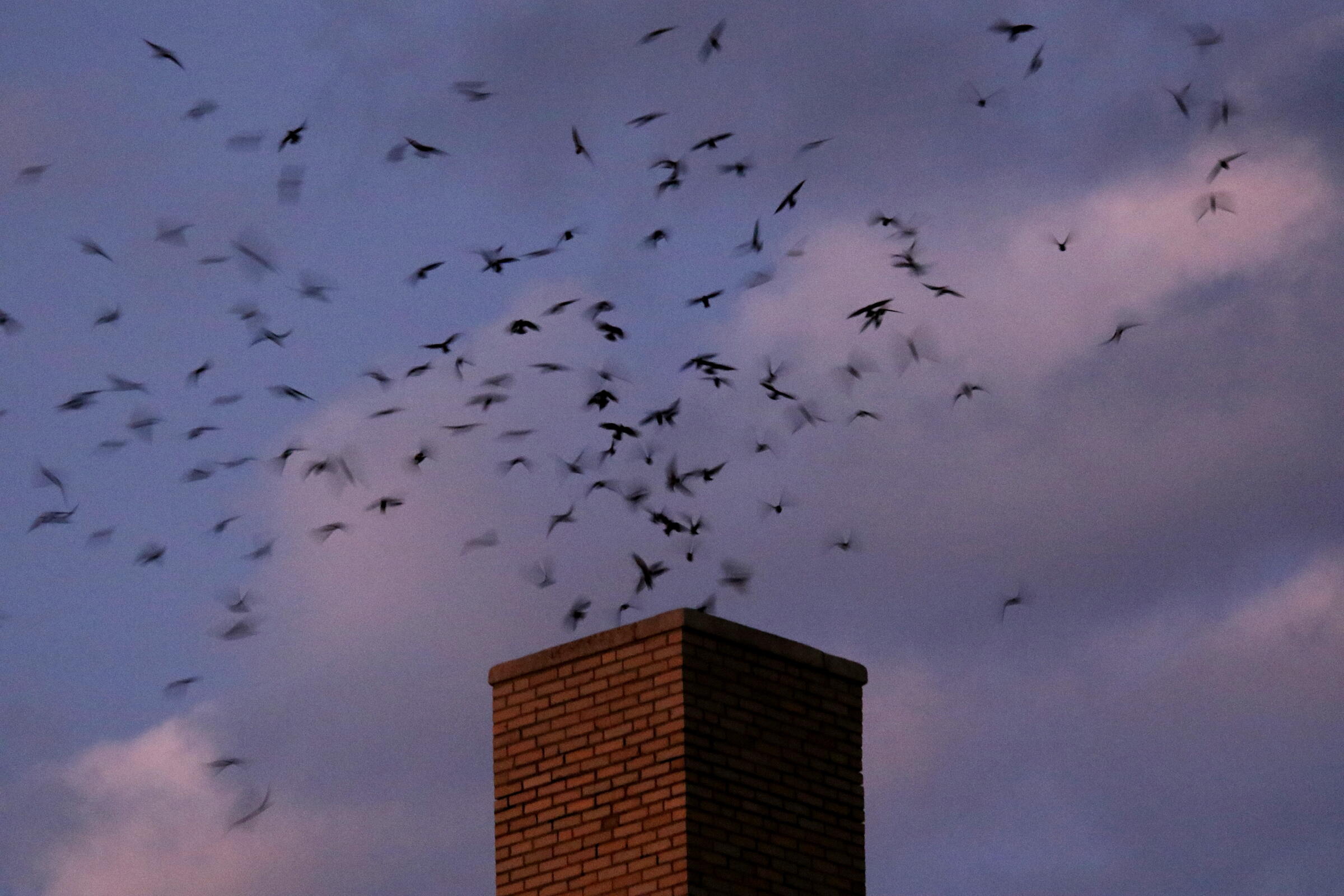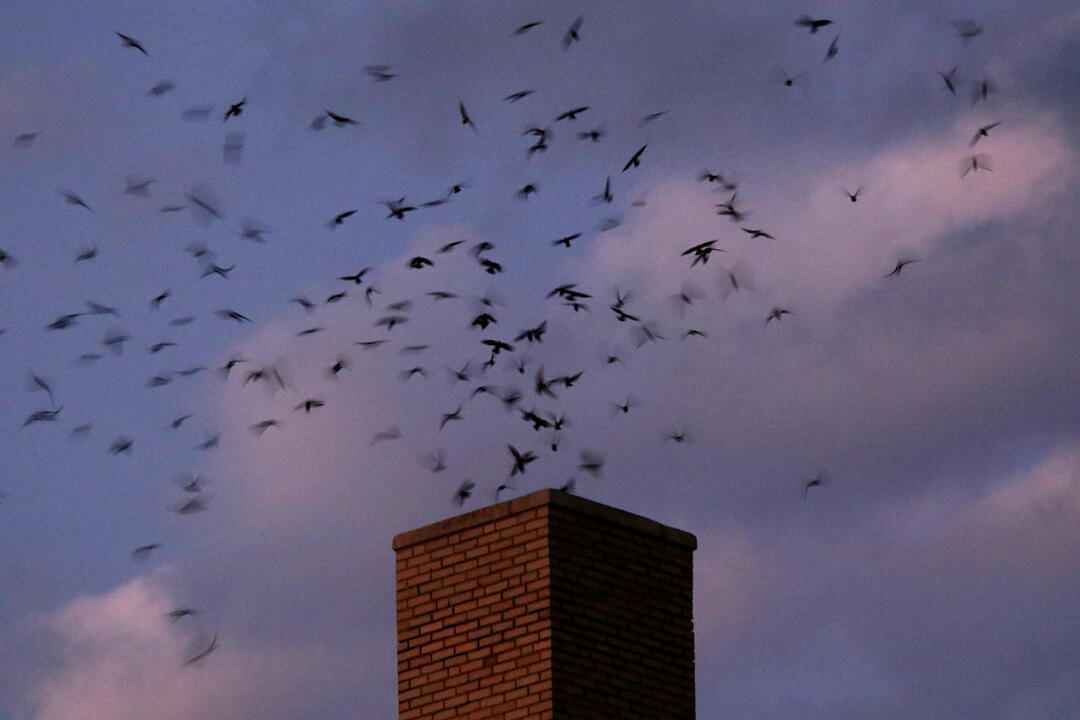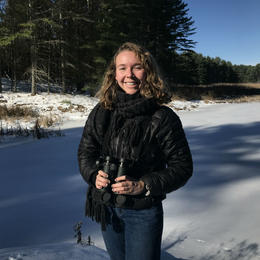Last year, Margaret Fowle, Audubon Vermont Conservation Biologist, and Rae Bronenkant, Audubon Vermont Youth Leadership Coordinator, led a webinar about the history of chimney swift habitat loss, the Chimney Swift Recovery Project, and ways for community members to get involved in local conservation efforts. In preparation for an exciting monitoring season, we encourage anyone with interest in volunteering this summer to watch our recording for a program overview (linked below).
About the program:
Audubon Vermont works with the Vermont Fish and Wildlife Department to monitor Vermont’s Chimney Swift population. Chimney Swifts are considered a “Species of Greatest Conservation Need” by the Vermont State Wildlife Action Plan, due to their population declines both in Vermont and throughout their entire range, and they are protected by Federal law under the Migratory Bird Treaty Act of 1918. Their alarming decline is largely due to a loss of habitat and thereby roosting and nesting sites. Chimney Swifts rely on masonry and flue-tile chimneys during nesting and migration seasons. Chimney Swifts historically used large, hollow trees for nests and roosts, but as the old forests were cut down, they learned to use chimneys and other structures. Now, Chimney Swifts rely almost entirely on human-made structures for nest sites. Consequently, Chimney Swift populations are steeply declining, with a 53% percent drop between 1966 and 2007 in the United States. Learn more about the program on our Chimney Swift Recovery Project page.
Ways to get involved:
Participate in Swift surveys this summer. Submit your Chimney Swift sightings late May-August on eBird.
Sign up to be a Birding Buddy. Our Birding Buddy program is designed to make this community science opportunity safe and accessible for all who want to participate.
Other ways to support Chimney Swift recovery:
-
Keep masonry or clay flue-tile chimney tops open and dampers closed from March through October to provide the opportunity for Chimney Swifts to nest.
-
Have your chimney cleaned in early March before the Chimney Swifts return from their winter home in South America.
- Metal chimneys should be permanently capped to prevent birds and other wildlife from becoming trapped.
- Email us at margaret.fowle@audubon.org if you are interested in working with local conservation groups to construct Chimney Swift Towers in your area.
- Educate your friends and neighbors about Chimney Swifts.
Taking Swift Action







